
Natural Harmony: Blending Biophilic Elements into Design
In recent years, the notion of biophilic design has gained a lot of traction. The concept of biophilic design is rooted in the notion that people innately long for meaningful connections with nature, and that to lead healthier lifestyles we need to find ways of reconnecting with the natural world. The idea is that by introducing biophilic elements, such as natural light, vivid colors, and botanical patterns into our environment, we can feel the profound effect that nature has on our physical and mental health.
From an architectural standpoint, biophilic design is about much more than just incorporating natural elements into a building. Instead, it is about creating environments that work in harmony with nature, and make it easier for people to find moments of solace and respite in everday life. Practically speaking, biophilic design includes incorporating natural elements into a space, such as natural lighting, ventilation, and plant life, as well as thinking about a space’s relationship to the surrounding environment.
For example, utilizing windows and natural lighting can drastically improve the atmosphere of a room. Natural light not only looks and feels better, but it can also have physical effects, such as reducing fatigue and improving concentration. Similarly, incorporating plants into our environment can radically change a space for the better. Plants not only look great, but they can also help to improve air quality and create a calming atmosphere.
Biophilic design also means thinking about how a space interacts with the environment. This could be as simple as making sure that the building has unobstructed access to outdoor spaces. Elements like exposed brick or stone walls are another way of harmonizing a space with its surroundings, as they help to reflect a building’s history and emphasize its connection to the environment.
Indeed, there are many ways to bring biophilic elements into a space, and the possibilities are practically endless. Through thoughtful design, we can create meaningful connections between buildings and their natural surroundings. With a little creativity and effort, we can create spaces that are more inviting and make us feel more connected to the world around us.
At its core, biophilic design is about creating an inherent harmony between the built world and nature. It is about blending the two together to create harmonious environments that improve our physical and mental well-being. By thoughtfully incorporating biophilic elements into our environments, we can create spaces that foster a true sense of natural harmony.


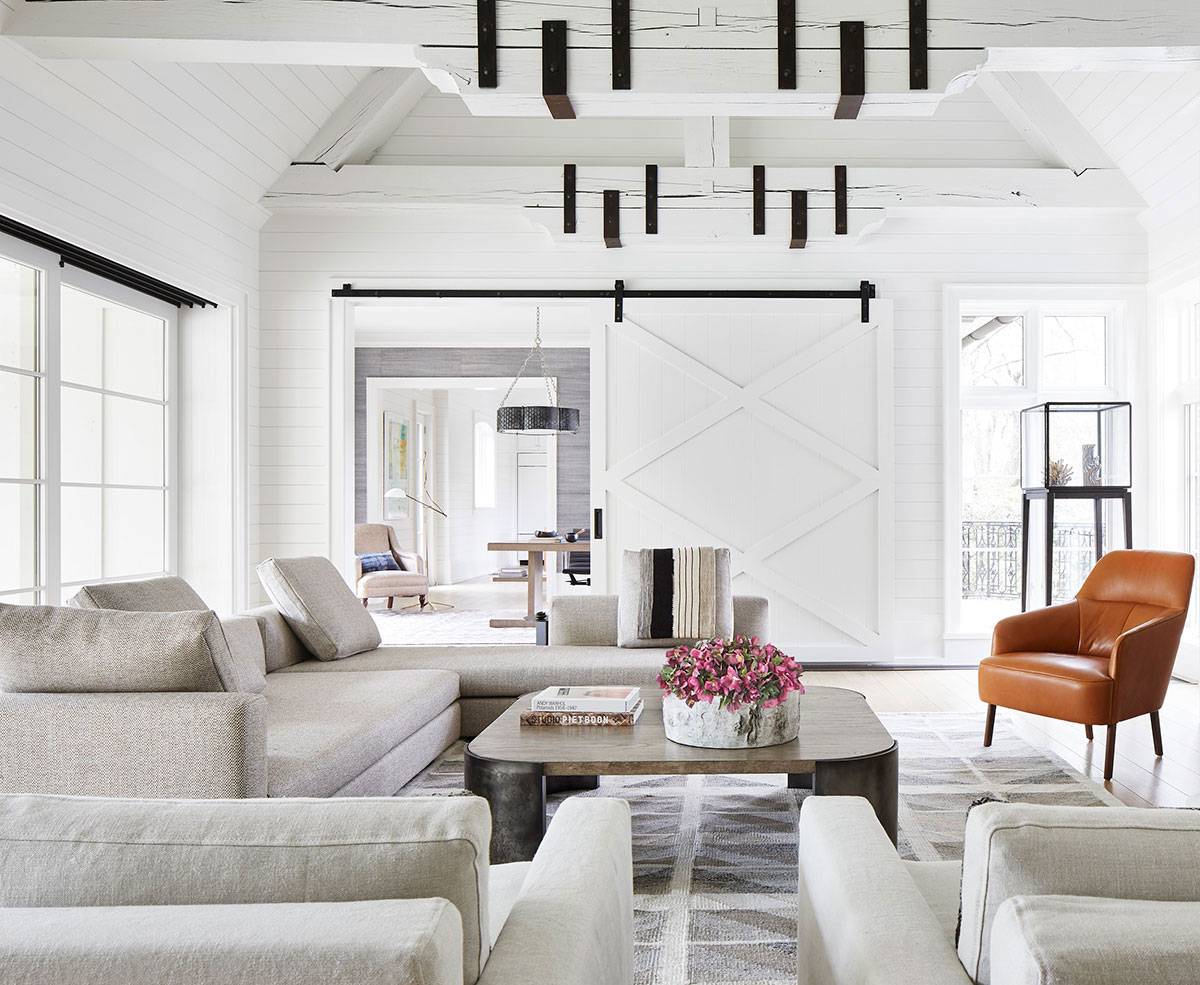
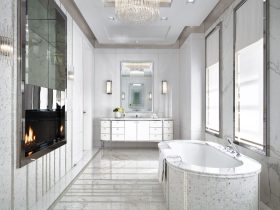
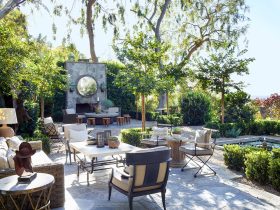

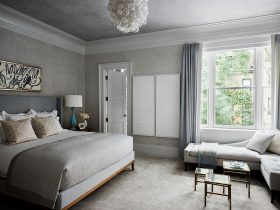
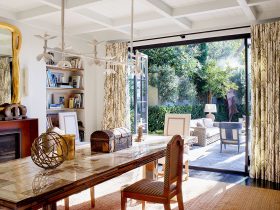

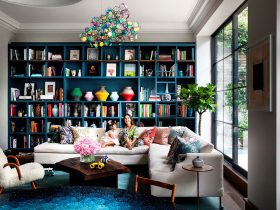

Got a Questions?
Find us on Socials or Contact us and we’ll get back to you as soon as possible.